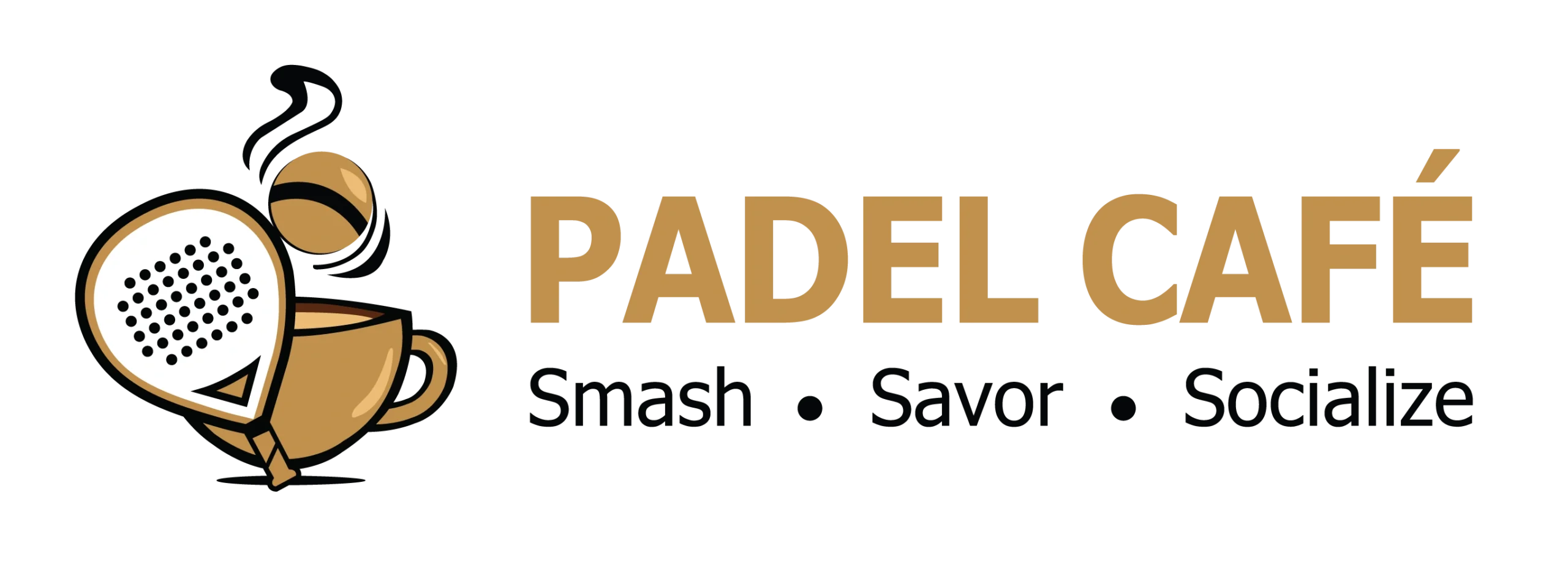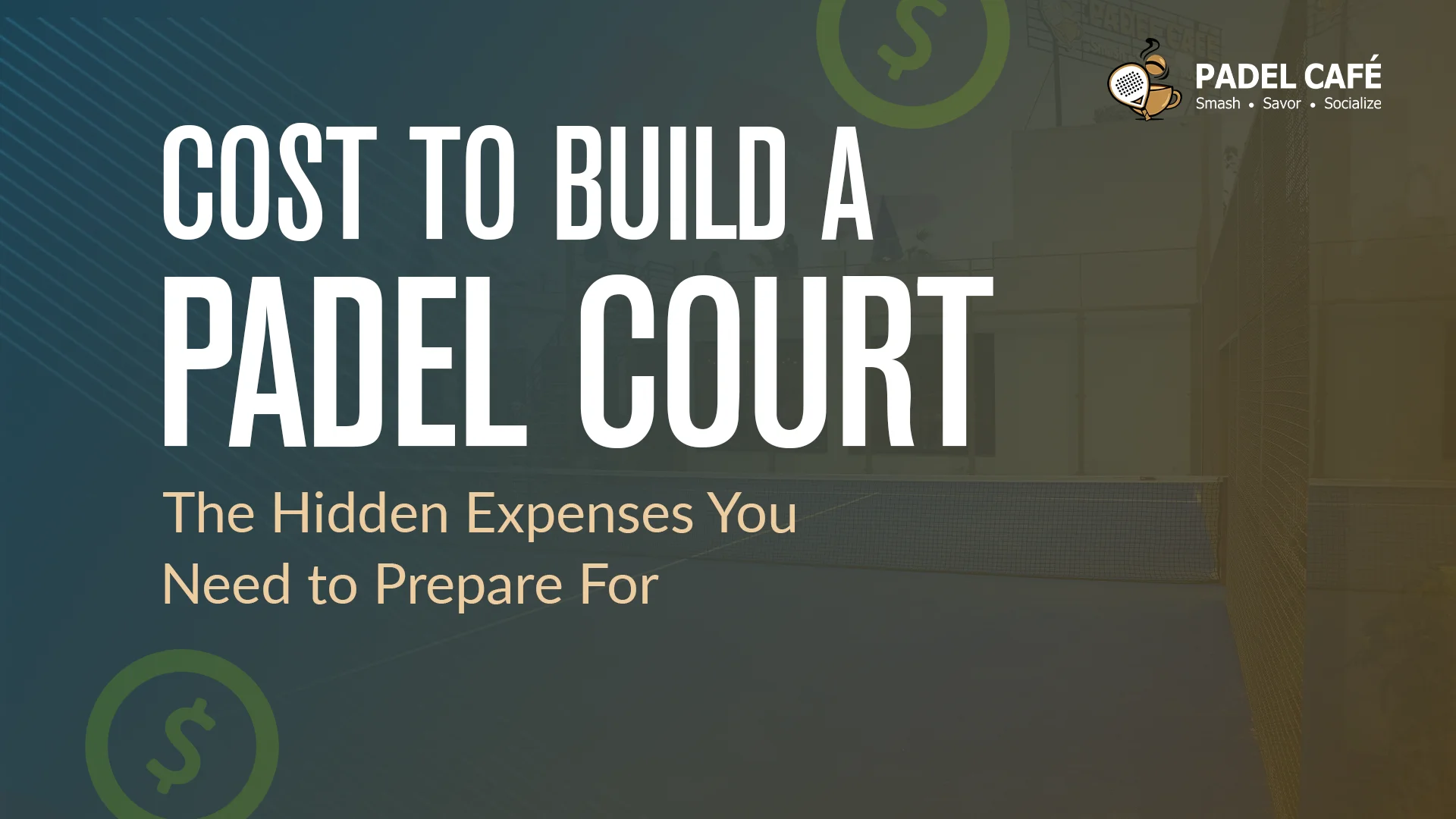Like all other racket sports, Padel is a game played within the boundary of a well-built court. From afar, your eyes can experience the aesthetics and grandeur of the court, standing tall with its shiny tempered glass walls, colorful turfs, colored metallic fencing, and light posts.
However, there’s a lot of behind-the-scenes investment that contributes to achieving the premium court outlook. This article unveils these hidden expenses, providing insights into what it takes to build a padel court with a proper premium outlook. It explores the different factors that can influence the upfront cost estimation in the construction of these courts. So, let’s dig in!
Hidden Expenses Influencing the Cost of Padel Court Construction
Before delving into hidden expenses, it’s essential to understand the basics of a padel court. The game’s court is smaller than that of tennis and possesses a walled closure. As stated, apart from the apparent expenses, such as the court construction, lighting, material, etc., there are deeper expenses. Together, these significantly impact on the set budget for the construction of padel courts.
1. Permits and Legal Fees
The permits and legal fees can significantly impact the cost of court construction, becoming the first hidden expense. Constructing sports facilities in certain areas requires special permits, which come with application costs. The cost covers the following:
- Building Permits: Required to ensure your court meets local area regulations.
- Zoning Laws: A fee is paid for ensuring compliance with the local zoning regulations when building recreational facilities.
- Environmental Assessments: Some regions require assessments to ensure no harm comes to local ecosystems, and this ultimately demands some expense.
2. Insurance Costs
Protecting the padel courts and the players who play in them is vital, which takes the second position in the list of hidden expenses, i.e., the insurance costs. The following are the different insurance types that you might have to spend on:
- Liability Insurance: Liability insurance helps avoid legal and financial responsibility if anyone using the court is injured due to unprecedented circumstances.
- Property Insurance: This covers any damage caused to the facility by the weather or by any unprecedented situations, such as robbery or vandalism.
- Health Insurance: This provides medical coverage for the facility’s employees, helping to cover the cost of doctor visits, treatments, and medications based on certain terms and conditions.
3. Maintenance and Repairs
Once a facility is constructed, continuous maintenance is necessary. Padel court owners might overlook this point when devising a budget for the construction. The following maintenance tasks and costs should be considered:
- Surface Care: The padel court surface requires regular upkeep to ensure it lasts for years. This can include court cleaning, repairing cracks, and resurfacing. All these tasks can vary in price based on the materials used in the construction.
- Net Replacement: Over time, padel nets can wear out, thus needing periodic replacement. This can add to the overall cost of building the court.
- Lighting Maintenance: Lighting in a padel court is necessary, and undoubtedly, the bulbs require replacement, with occasional inspections of the electrical systems.
- Hardware Maintenance: Security systems, such as CCTV cameras and other electrical devices (systems and printers for booking management), require regular servicing, repairs, and replacement, adding to the upfront costs of padel courts.
4. Utilities and Operating Costs
If your padel court is more than just a sports facility, the following utility expenses are necessary to consider when planning for the court’s budget.
- Electricity: For lighting and any electronic scoring systems.
- Water: The water utility costs depend on your courts’ construction, particularly if you have extra amenities in the facility.
- Internet and Communication Services: A smooth functioning of these services is vital for bookings, marketing, and operational management. This can significantly add to the overall budget of building a padel facility.
- Backup Power Costs: Backup power systems like inverters and generators are necessary to ensure uninterrupted play during power outages or electrical failures. The purchase and maintenance of these systems then add numbers to the upfront cost of padel court construction.
5. Staff and Management
A padel court with accessibility for all demands additional staff to manage the visitors and players. The potential costs in this regard include:
- Salaries and Wages: The salaries of all, from a junior employee to the facility’s manager, should be included in the planned budget.
- Training Costs: Staff training in customer service and padel court management might require additional expenses.
- Benefits: For full-time employees, healthcare, retirement plans, and other employee benefits are also considered, which can increase the total costs.
6. Marketing and Promotion
Marketing is the key to making yourself known prior to the launch, strengthening your position after it, and maintaining your stance in the market. This can serve as a significant hidden expense. Some common expenses in this area include:
- Website Creation: A professional website to showcase your court, pricing, and booking options can be an upfront cost. It can touch high values depending on the website’s complexity.
- Booking System: Investing in a reliable scheduling system streamlines bookings, improves user experience, and reduces management hassle. Developing such a system or outsourcing the service increases the overall setup costs.
- Advertising: Both online and offline advertising campaigns can help draw attention to your facility. Discounts, coupons, influencer visits, collaboration, etc., are key strategies to attract players and build initial visibility and engagement. Allocating an appropriate budget for these is, therefore, necessary.
- Promotional Events: Hosting initial events to attract players might require additional expenses, such as food, giveaways, and decorations.
- Padel Tournament Organization: Organizing padel tournaments calls for the need to have prizes, staff, and equipment at hand to ensure a successful, well-run event. These marketing campaigns and maintaining additional amenities and logistics together add to the initially decided budget.
7. Equipment Costs
A padel facility is no good if you are short of the necessary stock of padel gear. So, while you may be planning for the court itself, consider other necessary items:
- Racket Rentals: If you plan on providing rackets for players and even have some extra at hand, you’ll need to invest in a good supply.
- Ball Supply: Keeping an ample stock of padel balls ensures players have what they need during games.
- Scoreboards and Accessories: Depending on your court, you might require capital for scoreboards or other accessories.
8. Cleaning and Upkeep Supplies
Maintaining a clean and welcoming environment encourages players to return to your padel facility. The associated hidden expenses include:
- Cleaning Supplies: Regular maintenance requires cleaning products, rakes, or other tools necessary to keep the courts’ turf and surroundings clean.
- Waste Management: In any facility, waste management is necessary. Installing bins at several places can, thus, increase the total costs.
Final Words
Building a padel court involves much more than just visible construction. The hidden expenses mentioned above can significantly impact on the overall budget. Understanding these expenses and carefully planning the project with professional guidance ensures that the facility meets all standards and remains within budget, providing a quality experience for both players and spectators.



0 Comments